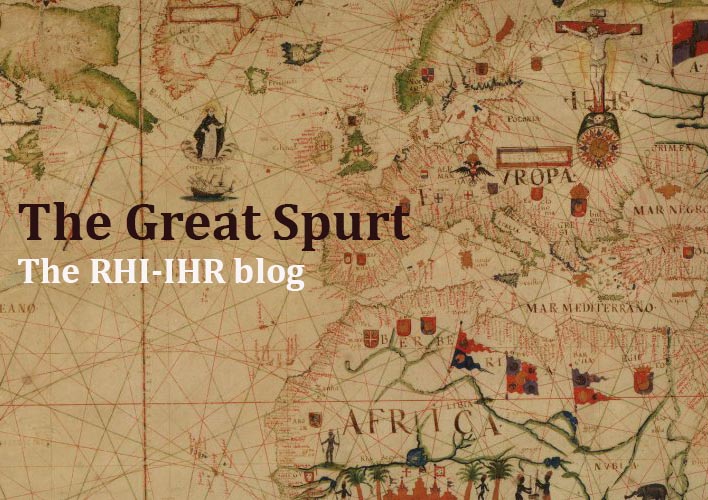The Twentieth Century Evolution of Large Firms: a Comparative Study
DOI:
https://doi.org/10.1344/rhi.v0i10.18366Abstract
This essay examines the fate of the 100 largest industrial firms in the world in 1912 over the period to 1995. Disappearance and decline were the most common outcomes, but a few outstanding performers - firms like Burma/BP and Procter & Gamble - left descendants eight or nine times their initial size, in «real stock exchange price» terms. There were no significant differences between the performance of giant German, British and American firms, other than a slightly greater tendency to disappear among Americans firms. The convergence of national performance of giant firms is probably related to converging strategies and structures of such firms in advanced industrial countries. Long-run differences in national economic performance in the twentieth century, at least among industrial leaders, are rooted in non-industrial sectors of the economy or smaller industrial firms. The analysis of the long run evolution of giant firms also suggests that, while firms in «old» industries on average performed worse than those in «new» ones, the I912 population included equa1 numbers of each and there was, in any case, great variability of outcomes within industries.
No simple formula enables us to discriminate ex ante between long-run corporate success and failure, for reasons inherent in the nature of modern corporate capitalism's success as an economic system.
Downloads
Downloads
Published
How to Cite
Issue
Section
License
El/la autor/a cede los derechos al/la editor/a. Creative Commons
El/la autor/a que publica en esta revista está de acuerdo con los términos siguientes:- El/la autor/a cede en exclusiva todos los derechos de propiedad intelectual al/la editor/a para todo el mundo y toda la duración de los derechos de propiedad intelectual vigentes aplicables.
- El/la editor/a difundirá los textos con la licencia de reconocimiento de Creative Commons que permite compartir la obra con terceros, siempre que éstos reconozcan su autoría, su publicación inicial en esta revista y las condiciones de la licencia.





